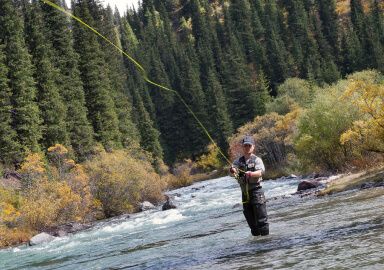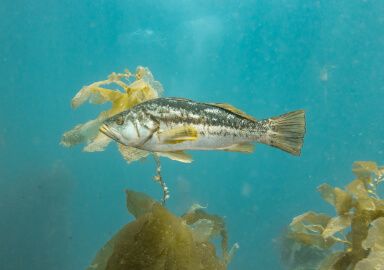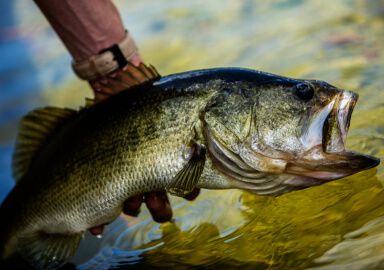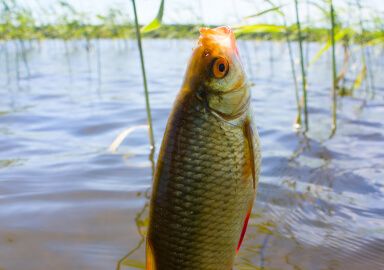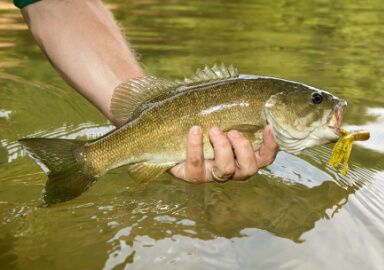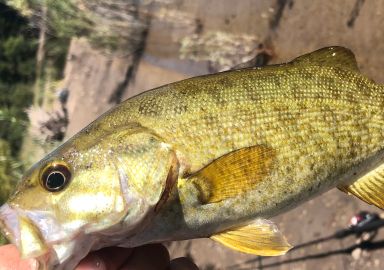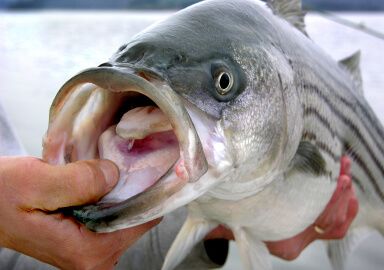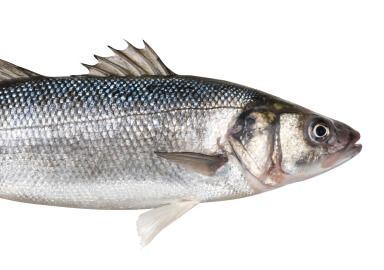Peacock Bass
Peacock bass got its name from a distinctive, eye-shaped spot on the tail, believed to deter attacks by predators.
View 11 listings
11
listings
–
price starting from
3
countries
–
to the nearest trip
Where and When?
The peacock bass is native to the Amazon basin in South America , as well as the Orinoco basin and Guianas rivers in Venezuela and Brazil. This fish has been introduced to many areas outside its native range, including Panama, parts of Asia, and lakes and canals in south Florida. Today, Brazil, Panama, and Florida are the top destinations for catching peacock bass. These fish require very warm water; in fact, they cannot survive in water colder than 62 degrees.
Peacock bass can be caught all year long. Mid-morning and late afternoon are the best times to fish, but peacock bass are active throughout the day and are almost always caught during daylight hours; they rarely bite at night or in early morning. Just as with largemouth bass, submerged timber, bridge pilings, drop-offs, lily pads, and shaded areas around docks and bridges are all good places to target peacock bass.
About Peacock Bass
The peacock bass is a large freshwater fish native to the rivers of South America. It is known as tucunaré in Brazilian and as pavon in Spanish. The Spanish name means “peacock,” while the Brazilian name means “friend of the tree,” referring to the fact that it often takes cover in submerged timber, just as largemouth bass do. Peacock bass are aggressive fighters with brilliant yellow and orange coloration and vertical dark stripes. The most distinctive part of their appearance is a spot on its tail, which resembles the shapes on a peacock’s feathers. This spot is believed to help deter attacks by the piranhas that share their native South American river systems - and gave the peacock bass their name.
There are fifteen species of peacock bass, and there is a large variation in size between the species. The largest is the speckled peacock bass, which can grow to more than 36 inches (91.5 cm) in length. The smallest is the royal peacock bass, which rarely grows larger than 10 inches (25.4 cm). The butterfly peacock bass is medium-sized, ranging from 6 to 15 pounds (roughly 3-7 kg).
How to Catch?
Despite their name, peacock bass are actually not a type of bass. However, fishing for peacock bass is very similar to fishing for largemouth bass. Most anglers fish from boats or from the bank. A popular tactic, both in South America and Florida, is using topwater lures such as Tiny Topedos and Pop-Rs. Peacock bass are aggressive and will strike these lures hard. Crankbaits that imitate minnows, as well as jigs, are also good choices. Most anglers have the best luck with lures and baits that are less than three inches long. Live bait is also an effective way to catch peacock bass. A favorite bait of Florida anglers is a small golden shiner fished with a float or free-lined while casting or slow-trolling. Fly fishing for peacock bass is becoming increasingly popular, with flies such as poppers and large streamers. Chartreuse or yellow flies tied with some flash are often effective.





